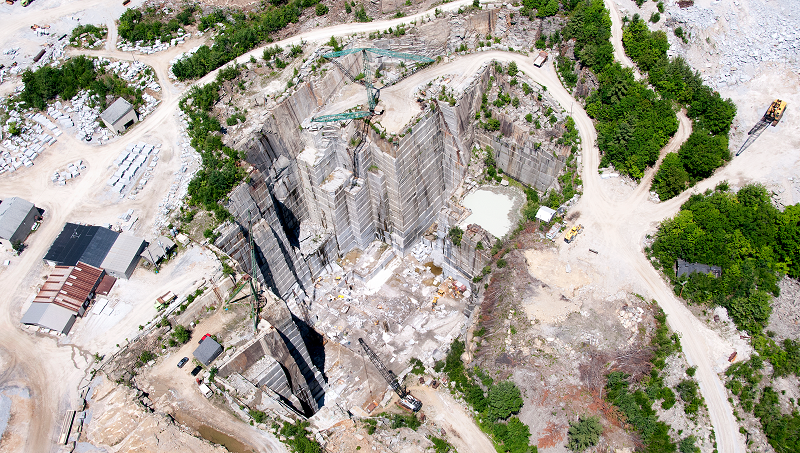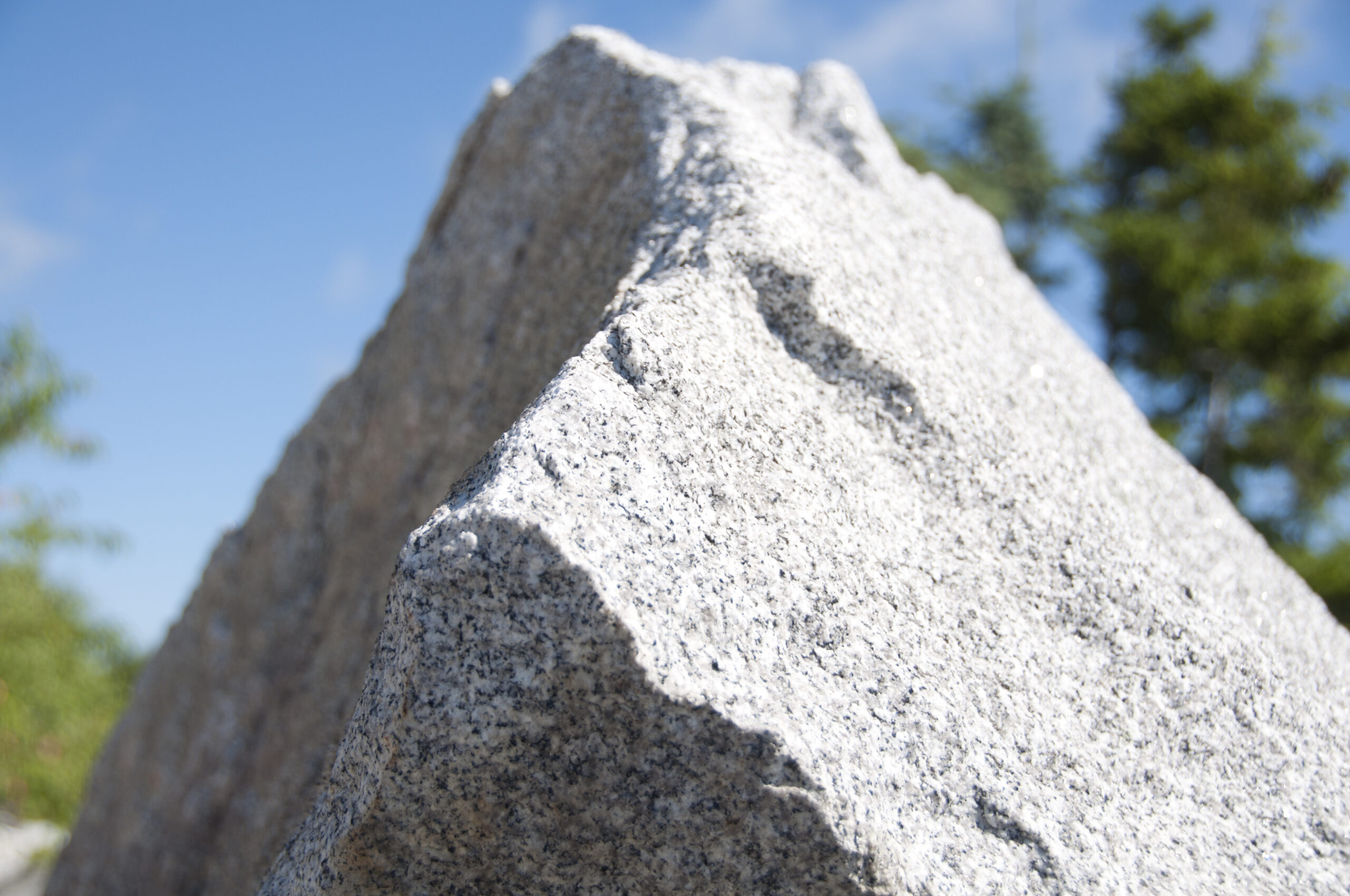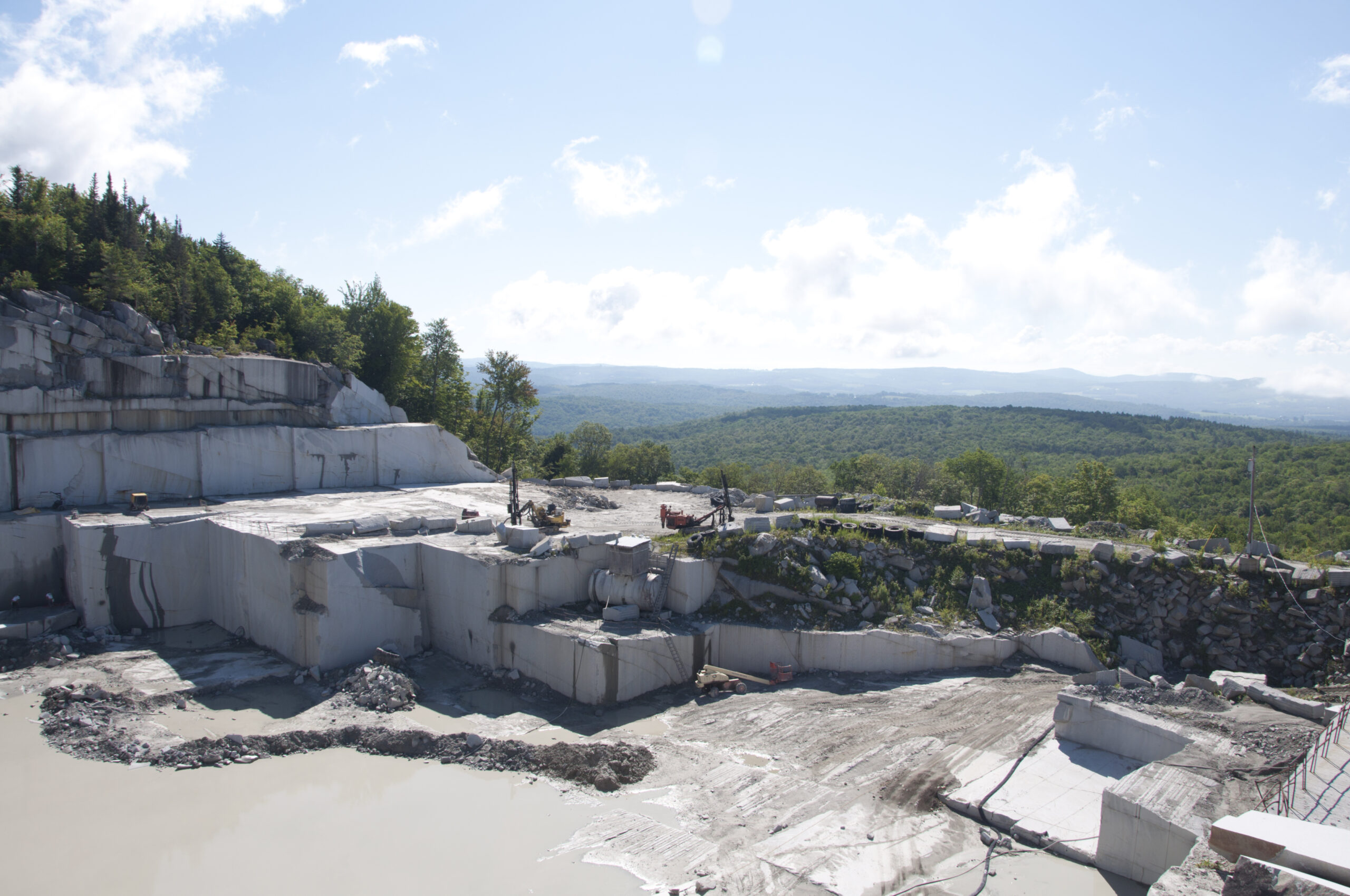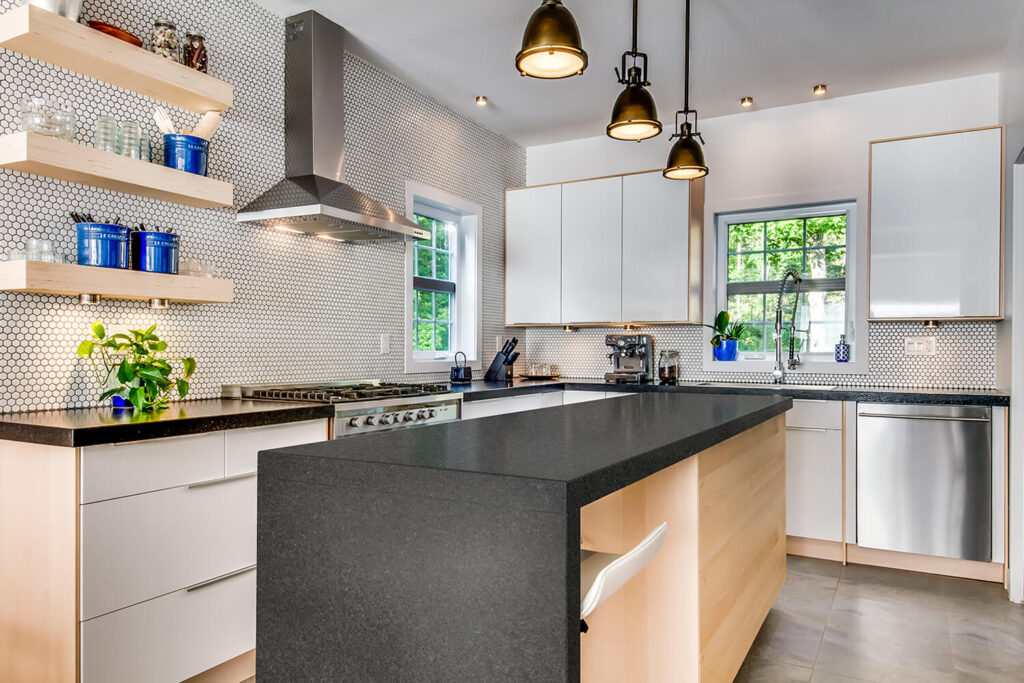Radon Exposure from Granite: Debunking Health Concerns

Like all stone, granite contains trace amounts of radium, which decays over time into a naturally-occurring gas called radon, emitting low levels of radiation. Stone quarry workers are surrounded by massive amounts of granite on a daily basis. Should they be concerned about their health? Should homeowners be concerned about the granite inside their homes?
Although large amounts of radiation exposure can be harmful to human health, research shows that granite building materials and quarries do not produce enough radon to be hazardous to homeowners and stone workers.
David MacIntosh, Chief Science Officer and Director of Advanced Analytics at Environmental Health and Engineering, Inc and Adjunct Associate Professor at the Harvard T.H. Chan School of Public Health, has been studying radon in the context of human health since 1992. His research and practice focuses on understanding the amounts of human exposure to radon and radiation, mitigating levels that may be elevated, and understanding the potential for adverse human health impacts from radon exposure.
MacIntosh says that radiation itself is not always a cause for concern; in fact, it occurs in nature and everyone is exposed to it every day.

“We’re bathed in radiation living on the earth,” explains MacIntosh, “The sun is an important source of radiation. Naturally occurring stone and soil are also an important source of our radiation exposure.”
Research from Environmental Health and Engineering and other independent sources show no evidence of unsafe levels of radon in granite building products and quarries.
Are Granite Quarries Safe For Workers?
Because soil and rock naturally emit radon gas, researchers investigated whether or not these workers were exposed to unsafe levels of radon that could pose health concerns.
In a 2014 study by Environmental Health & Engineering, researchers tested radon concentration in a deep quarry in Vermont where naturally occuring, enriched levels of radium, the source of radon, were present. The results of air monitoring showed that radon concentrations were less than 0.3 picocuries per liter (pCi/L) even in the deepest areas of the quarry, a number significantly lower than the Environmental Protection Agency’s limit.

”The radon levels in the quarry were no different than background levels in outdoor air of the United States,” says MacIntosh.
The natural ventilation of the air around stone quarries helps keep radon levels low. Unlike basements, where concentrated levels of radon from the soil can remain trapped indoors, radon gas in quarries is diluted significantly by the surrounding air.
Is Granite Safe in Homes?
After years of radon research, independent researchers have not found any indication that using granite indoors puts homeowners at risk for increased radon exposure.
“We have seen no evidence that people who live in homes containing granite countertops receive any abnormal or elevated exposures to radon or radiation,” says MacIntosh. “We conducted a study of this issue where we measured radon emissions as well as beta and gamma radiation from granite countertops, and we found that levels in homes were exceedingly small in comparison to naturally occurring levels of radon and radiation.”
In fact, a study by the Health Physics Society showed that radon emissions from granite countertops were 30 times smaller than the action limit required by the EPA. From kitchen countertops to backyard steps and patios, no evidence shows that granite building products are unsafe.

Polycor’s Cambrian Black granite countertops
How To Ensure Safe Levels of Radon in Your Home
Although radon exposure from granite countertops is not a legitimate concern, radon exposure from other sources can pose health and safety concerns for homeowners.
According to the United States Environmental Protection Agency, “Radon originating from the soil beneath homes is a more common problem and a far larger public health risk than radon from granite building materials.”
If a large source of radon is present outside of a building, radon gas is more likely to enter the nearby structure. Additionally, radon is more of a concern when it is concentrated in a container with very little airflow, like a basement. Accumulated levels can increase homeowners’ risk for radiation-related illness if not properly mitigated.
For homeowners concerned about radon exposure, an at-home radon testing kit can provide safety and peace of mind. Testing kits are affordable, convenient, and simple to use. The Environmental Protection Agency offers detailed recommendations on at-home test kits and radon mitigation.
With the proper knowledge and awareness of radon risks, homeowners can enjoy all the benefits of granite in their homes while maintaining a safe and healthy living environment for themselves and their families.
Want to know more about granite products? Speak to an expert.
